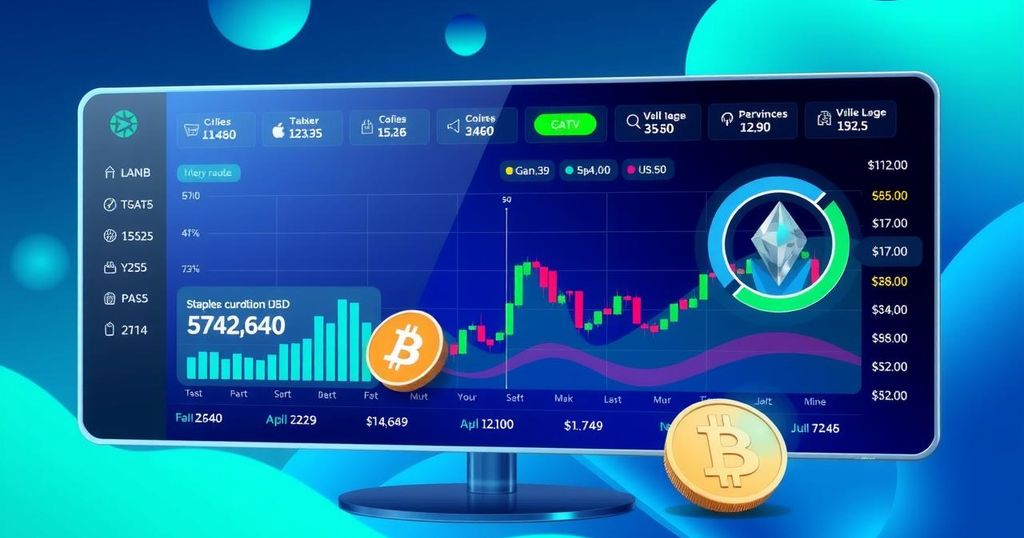IMF Integrates Bitcoin Into Global Economic Reporting
The IMF has officially included Bitcoin in its Balance of Payments Manual, signaling a significant change in how digital assets are recorded. While Bitcoin won’t be recognized as legal tender, it is classified as a non-produced, non-financial asset, and stablecoins are seen as financial instruments. The guidelines also cover crypto services like staking and mining for improved transparency. Nations like the US and El Salvador are ramping up their Bitcoin strategies, illustrating the cryptocurrency’s growing significance in global economics.
The International Monetary Fund (IMF) has made a significant move by integrating Bitcoin into its essential Balance of Payments Manual (BPM7), now classifying it with other digital assets. This shift not only enhances how global financial activities related to cryptocurrency are tracked but also sets a standard that member countries can adopt. It’s important to note that while Bitcoin is included in this framework, the IMF does not recognize it as legal currency, so there’s a cap on its acceptance.
Under the new guidelines, the IMF categorizes Bitcoin as a non-produced, non-financial asset, akin to resources like land. Conversely, stablecoins such as USDT and USDC receive the label of financial instruments, which is attributed to their backing by reserves and liabilities from their issuers. This distinction marks a clear shift in how these digital assets are perceived in financial reports.
Additionally, the IMF’s framework encompasses crypto services like staking and mining, aiming to improve transparency around international economic reporting. This is particularly relevant as digital assets continue to gain traction globally, and the need for clarity and regulation becomes imperative. It’s noteworthy that the IMF’s move comes at a time when governments are becoming more involved in the Bitcoin landscape.
For instance, the United States has established a Bitcoin reserve, with about 200,000 BTC in its possession. Meanwhile, El Salvador is stepping up its Bitcoin purchases, despite the stipulations imposed by the IMF concerning its financial assistance. These actions underscore the growing significance of Bitcoin in shaping national economic policies, despite ongoing debates about its legal standing.
Reactions to the IMF’s overhaul of its financial reporting framework have been varied. On one hand, some in the crypto world view this adjustment as a step towards legitimizing Bitcoin in the mainstream. On the other hand, critics argue that this is just a bureaucratic change rather than a genuine endorsement of the cryptocurrency. Nonetheless, having Bitcoin and other digital assets officially recorded in global finances could have far-reaching effects on upcoming regulations and policy-making globally.
The IMF’s decision to integrate Bitcoin and other digital assets into its Balance of Payments Manual marks a pivotal development in financial reporting on cryptocurrencies. While still not classified as legal tender, this move offers standardized guidelines for tracking digital assets internationally. As nations increasingly incorporate Bitcoin into their economic strategies, regulatory frameworks may evolve, potentially reshaping the future landscape of digital finance.
Original Source: dig.watch




Post Comment